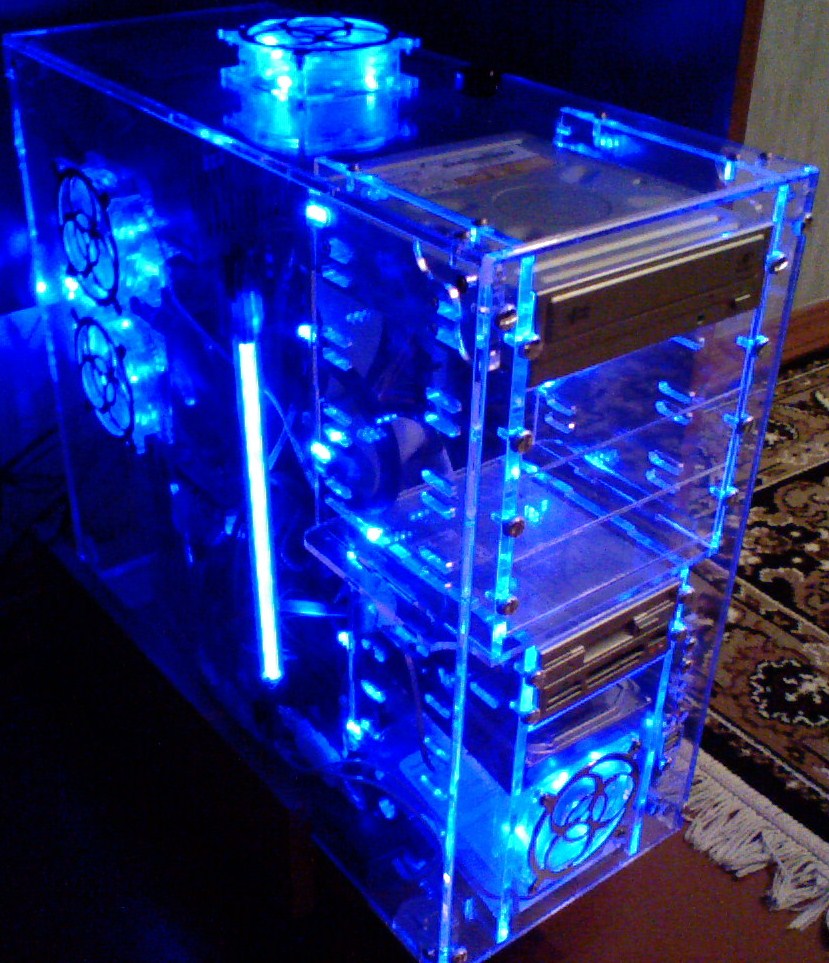

In a perfect word, I would do everything traditionally, but I do not have time. For “On a Sunbeam,” I did a mix where I did the line art traditionally and the color digitally. TW: I mainly work traditionally because I like papers and pens and computers are stupid. Other than that, nothing about its as any harder than making a graphic novel.ĭo you work digitally, physically, or a combination of both? What about your preferred format do you find works best for you? The most annoying challenge was just actually having to set up a website and maintain it as more people came on it.

Also, it meant I could draw the comic and immediately share it with people and when you make a graphic novel you have to wait forever for the book to come out and it’s always very frustrating for me because I work quickly and want to get it out there. So it was important to me to be able to make this comic accessible. A lot of my readers are teens and they don’t have the money to buy a $20 graphic novel. The main one being that a webcomic is free and I really wanted to be able to offer people a story that they didn’t have to pay for. What were the benefits to the format? What unexpected challenges did you encounter? When you set out to make “On A Sunbeam,” why did you choose to publish it as a webcomic instead of a graphic novel like all your previous work. I still haven’t read one (except for “Hark! A Vagrant”). Tillie Walden: I had zero experience with webcomics prior to making “On a Sunbeam.” I knew they existed but I never read one. To start us off, tell us about your experiences with webcomics prior to starting “On a Sunbeam.” Brief though it might be, for our first interview, we talked to the Eisner-award winning creator of “Spinning,” Tillie Walden, about her webcomic “On a Sunbeam.” As such, we thought what better way to continue our coverage of the medium than starting up a series of interviews with webcomics creators to pick their brains about craft, storytelling, and their personal experiences with the medium. Be it through social media, public email addresses, Discord servers, or simply the comments section beneath a page, there is a rapport and a conversation that is developed that is unique to the medium.

The webcomic creator is never far from their audience.


 0 kommentar(er)
0 kommentar(er)
